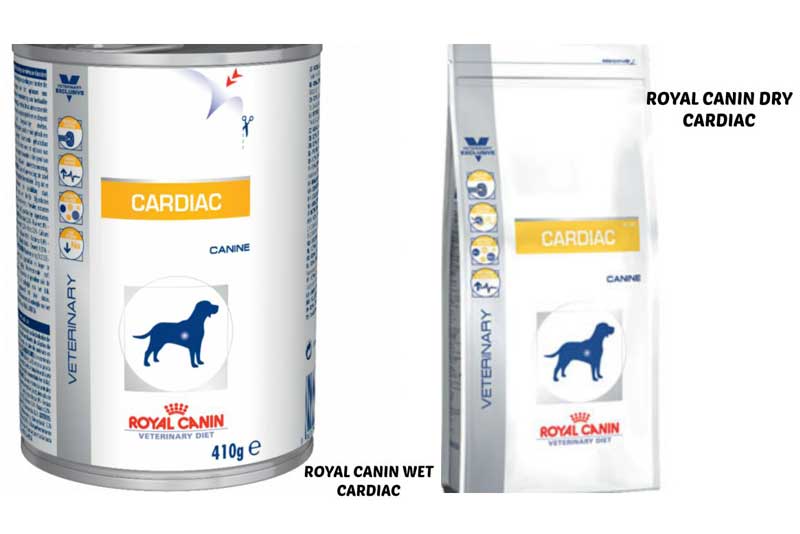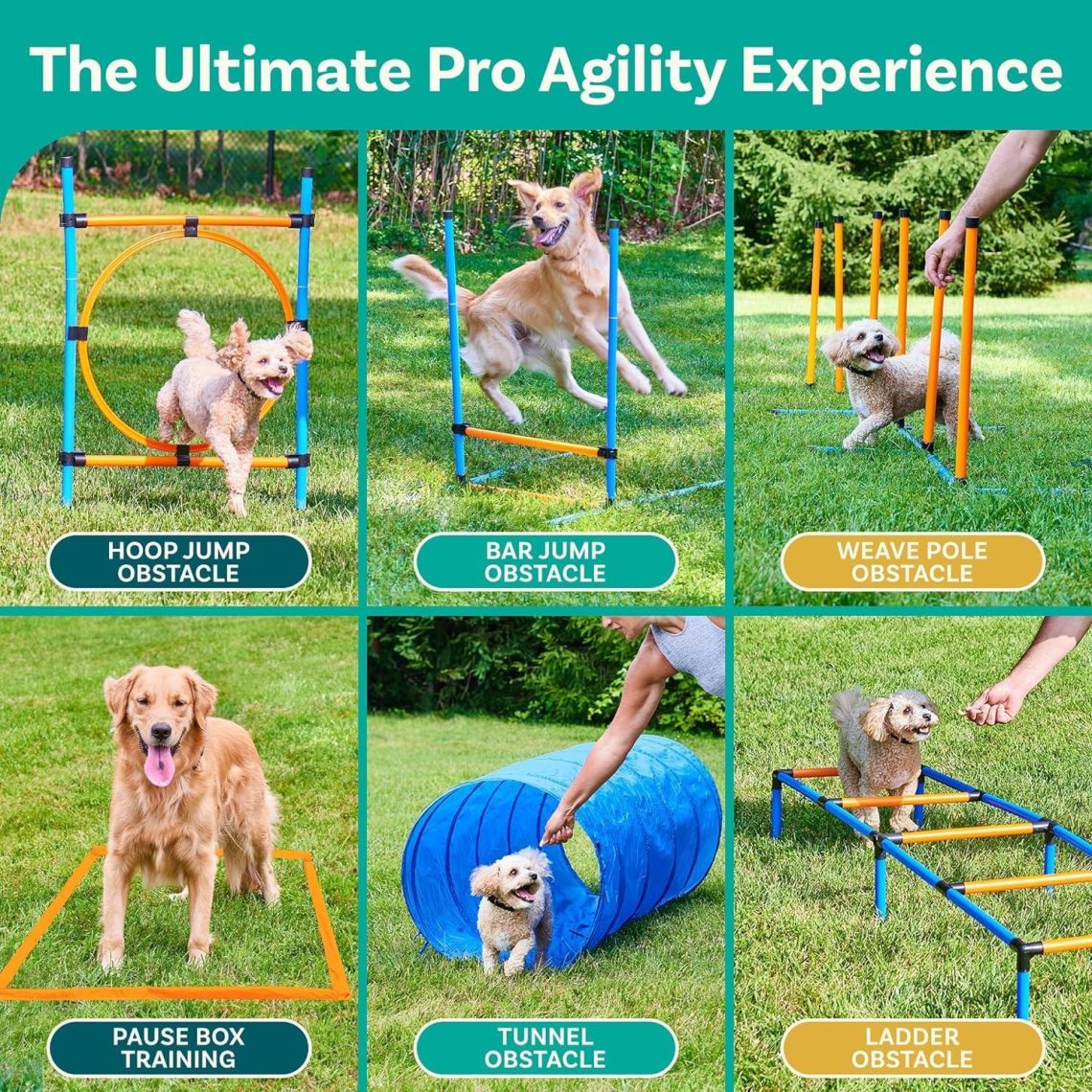
Crafting Fun: Build Your Own DIY Pet Obstacle Course!
Crafting Fun: Build Your Own DIY Pet Obstacle Course!
Are you ready to unleash your creativity and give your furry friend the ultimate playtime experience? Imagine a world where your pet can leap, sprint, and frolic through a personalized adventure course, crafted with love and a dash of inventiveness. In this article, we invite you to embark on a journey of fun and creativity as we explore the ins and outs of building your very own DIY pet obstacle course. Whether you have a rambunctious pup needing to burn off energy or a curious cat eager for exploration,this guide will help you design an engaging and stimulating surroundings while promising hours of entertainment. So, let’s gather our supplies, tap into our inner architect, and create a space where play knows no bounds!
Table of Contents
- Designing the Perfect Layout for Your Pet Obstacle Course
- Essential Materials: Crafting Your course on a Budget
- Engaging Activities: Different Challenges for every Pet
- Safety First: Tips for a Secure and Enjoyable Experience
- Concluding Remarks
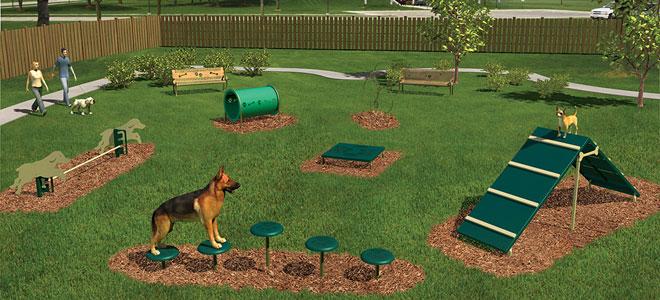
Designing the Perfect Layout for Your Pet Obstacle Course
when it comes to creating a thrilling obstacle course for your pet, the layout is key to maintaining their enthusiasm and encouraging skill advancement.Consider integrating different types of obstacles that engage various senses and abilities. Here are a few elements you can incorporate:
- Jumps: Use small hurdles made from PVC pipes or wooden planks.
- Tunnels: Provide soft, collapsible tunnels or cardboard boxes for your pet to dash through.
- weave Poles: Set up cones or poles for your pet to weave in and out.
- Balance Beams: Create a narrow beam using a sturdy plank elevated slightly off the ground.
Arranging thes obstacles in a thoughtful sequence helps in maintaining the pace and excitement of the course. A few ideas for layout design include:
| obstacle Type | Suggested Placement |
|---|---|
| Jumps | At the start for an energetic boost. |
| Tunnels | After jumps to maintain momentum. |
| Weave Poles | In the middle for focus and agility training. |
| Balance Beams | At the end for a final challenge. |
By thoughtfully planning the placement and types of obstacles, you can create a dynamic and engaging course that not only entertains but also strengthens your pet’s physical and mental agility. Don’t forget to tailor the course to your pet’s size and skill level to ensure safety and enjoyment!
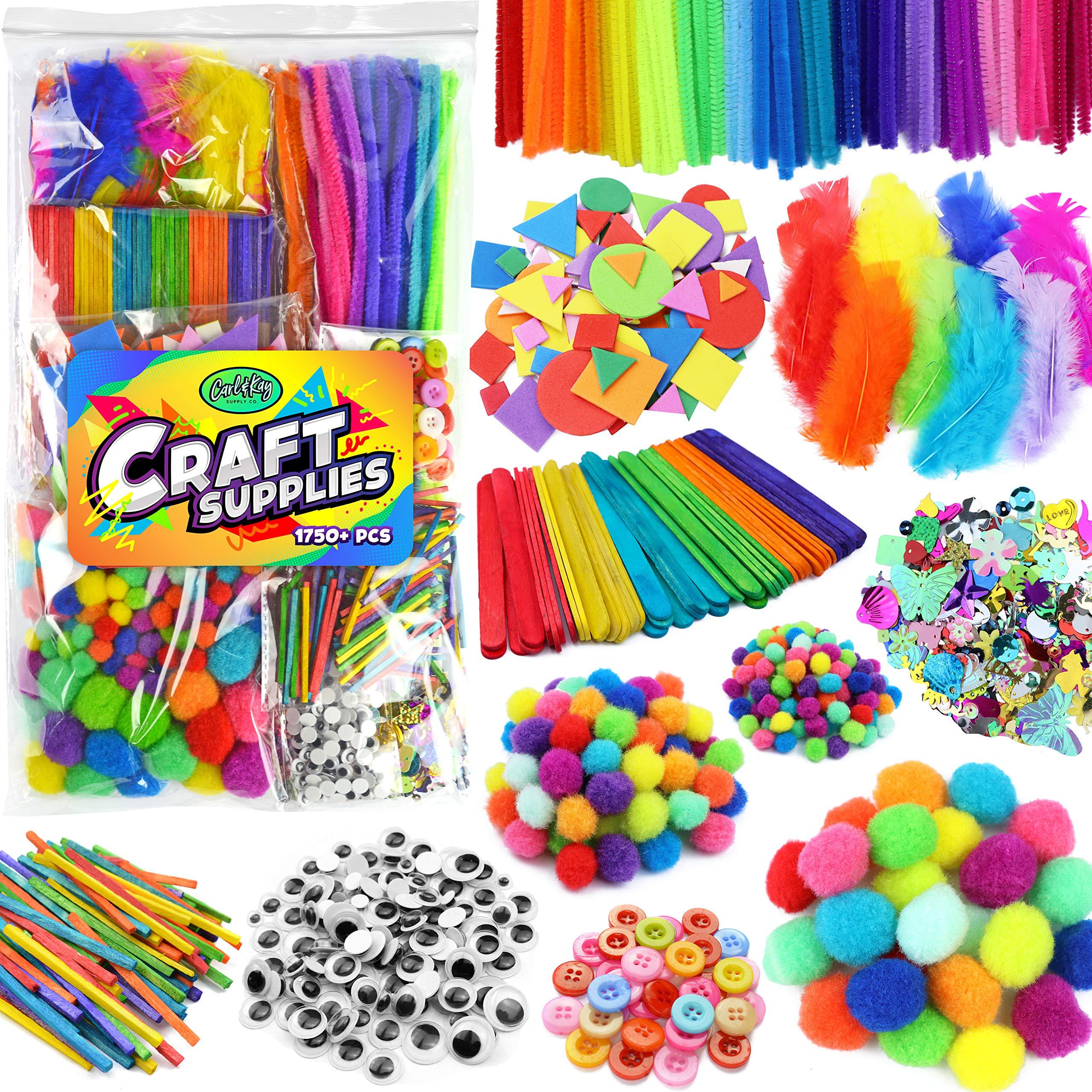
Essential Materials: Crafting Your Course on a Budget
Creating a pet obstacle course doesn’t have to empty your wallet. With a bit of creativity and resourcefulness, you can utilize common household items and affordable supplies to build a fun and challenging setup for your furry friends. Old tires, hula hoops, and PVC pipes can serve as basic elements for jumps and tunnels, while cardboard boxes provide a versatile option for barriers and climbing structures. Check around your home or local community for discarded items that could be repurposed into equipment. This not only saves money but also promotes sustainability by giving new life to materials that might otherwise be thrown away.
To help you identify the essentials for your DIY course, here’s a quick reference table highlighting the materials you can use, along with their possible applications:
| Material | Use |
|---|---|
| Old Tires | Jumps or weaving obstacles |
| Hula hoops | Jumping rings or tunnels |
| PVC Pipes | Frame for jumps or tunnels |
| Cardboard Boxes | Climbing or hiding spots |
| Rope | Markers for boundaries or agility courses |
By assembling these elements, you can create an obstacle course tailored to your pet’s unique abilities and preferences. Engage them by rotating the course designs regularly to keep it fresh and exciting,ensuring your pets remain eager to participate each time. Remember, the key is to have fun and celebrate the bond you’re building through play, irrespective of the materials used!
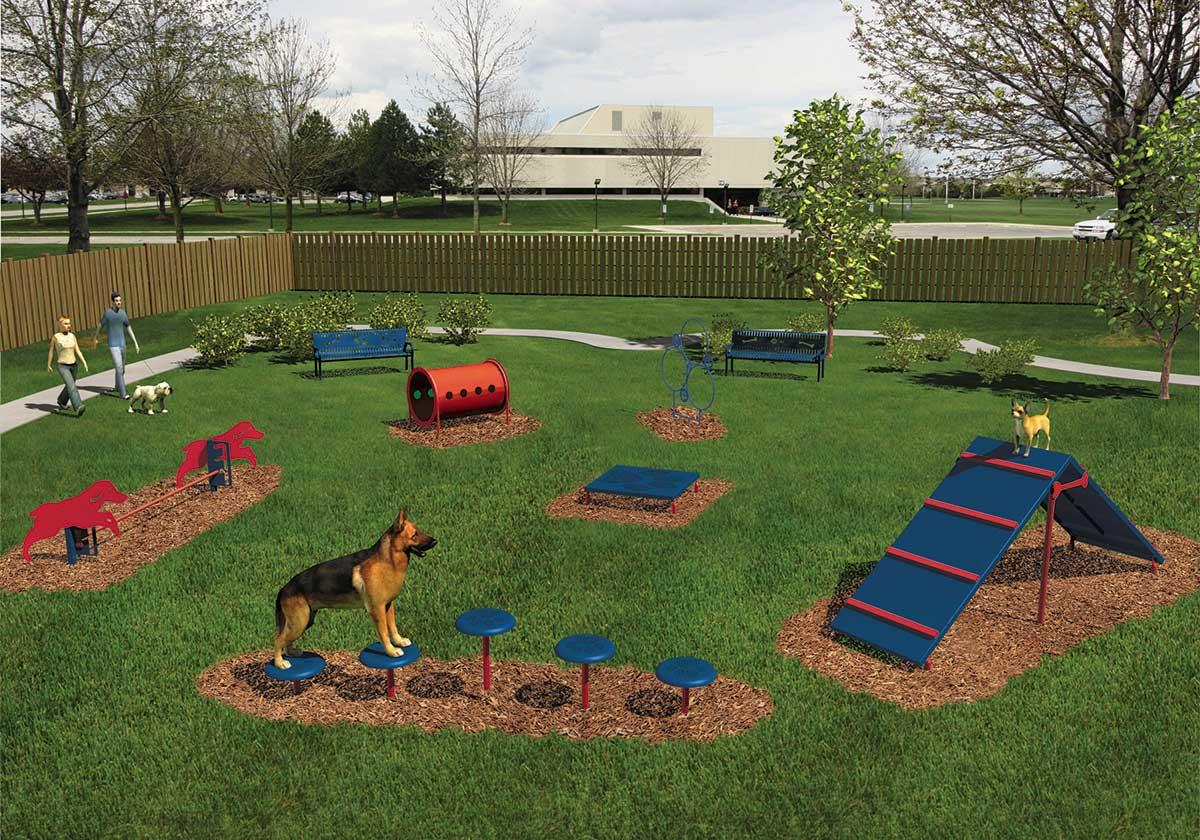
Engaging Activities: Different Challenges for Every Pet
Creating a DIY pet obstacle course opens up a world of exciting challenges tailored to your furry companion’s unique abilities. Whether you have a dog, cat, or even a rabbit, there are countless ways to engage them through imaginative play.Consider incorporating various elements that allow each pet to showcase their skills while also providing physical and mental stimulation. Start with components such as:
- Tunnels: Use cardboard boxes or fabric tunnels to encourage pets to dash through and explore.
- <strong,Jumps: Create low jumps using broomsticks balanced on sturdy items for small pets, while larger ones can tackle simple hurdles made of PVC pipe.
- <strong,Weaving Poles: Set up a line of cones or bottles for your pet to weave between, perfect for agility training.
- <strong,Platforms: Build raised platforms using wood or sturdy crates where pets can practice balancing and climbing.
For a more personalized experience, consider crafting theme-based challenges that reflect your pet’s preferences. You can also take it a step further by implementing a point system to keep things competitive and fun. Incorporate items like:
| Challenge Type | Materials Required | Estimated Time |
|---|---|---|
| Obstacle Course | Boxes,cones,and fabric | 1-2 hours |
| water Challenge | Shallow buckets,toys | 30 minutes |
| Treasure Hunt | Hidden treats,toys | 15-30 minutes |
By designing activities that cater to each pet’s varying strengths,not only do you create an engaging environment for them,but you also strengthen your bond through shared experiences. these creative challenges ensure that playtime is never boring, giving your pet something to look forward to every day!
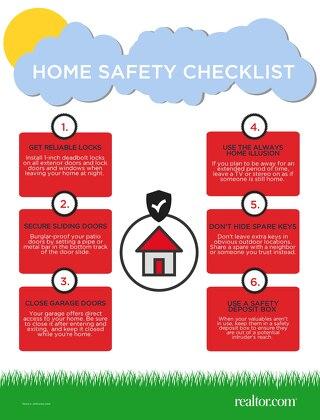
Safety First: Tips for a Secure and enjoyable Experience
Creating a fun pet obstacle course is a fantastic way to bond with your furry friend, but safety should always come first. Before you start building, ensure that the area is free of any hazards that could pose risks to your pet. Here are some essential safety tips to keep in mind:
- Choose a Flat surface: Opt for a grassy area or a flat surface to prevent slips and injuries.
- Inspect Materials: Use durable materials that won’t easily break or splinter.
- Secure Obstacles: Make sure all elements are stable and anchored properly to avoid tipping.
- Observe and Supervise: Always keep an eye on your pet while they navigate the course.
Additionally, consider your pet’s physical ability and comfort level when designing the course. Adjust the difficulty based on their size and skill, and always have a safe space for breaks. Here’s a quick reference on suitable obstacles:
| Obstacle Type | Skill Level |
|---|---|
| Tunnels | Beginner |
| Jump Bars | Intermediate |
| Weave Poles | Advanced |
Concluding Remarks
As we wrap up this guide to creating a delightful DIY pet obstacle course, we hope you feel inspired to unleash your creativity and strengthen the bond with your furry friend. Remember, the journey of building the course can be just as enjoyable as your pet’s adventure through it. With simple materials, a sprinkle of imagination, and a touch of patience, you’ll set the stage for countless hours of fun, exercise, and training. So gather your tools, rally your pets, and embark on this exciting crafting adventure. Your backyard or living room might just transform into a haven of joy for both you and your beloved companions. Happy crafting, and may your pets conquer every obstacle with wagging tails and boundless enthusiasm!




